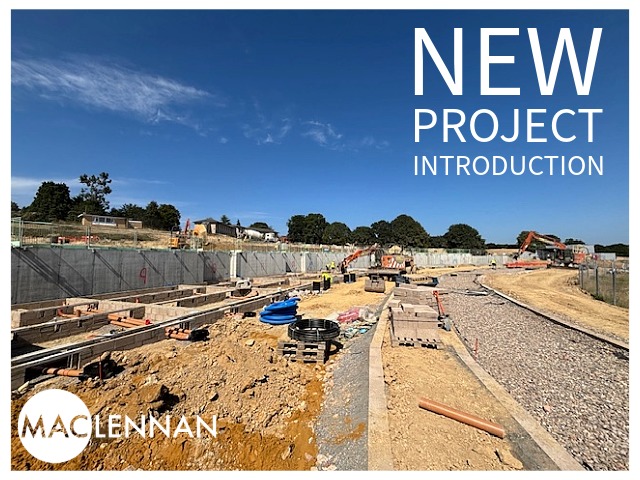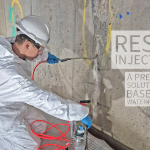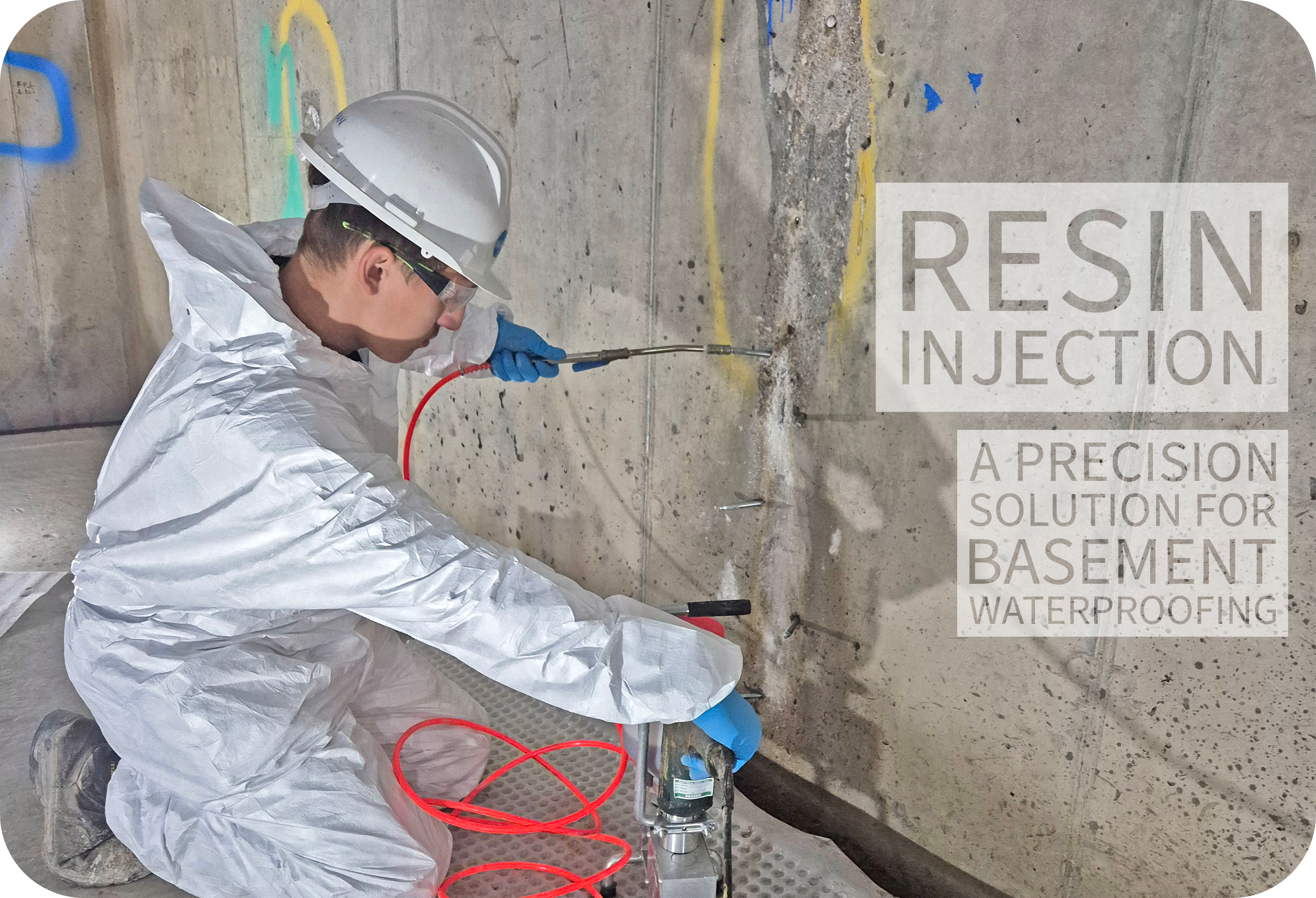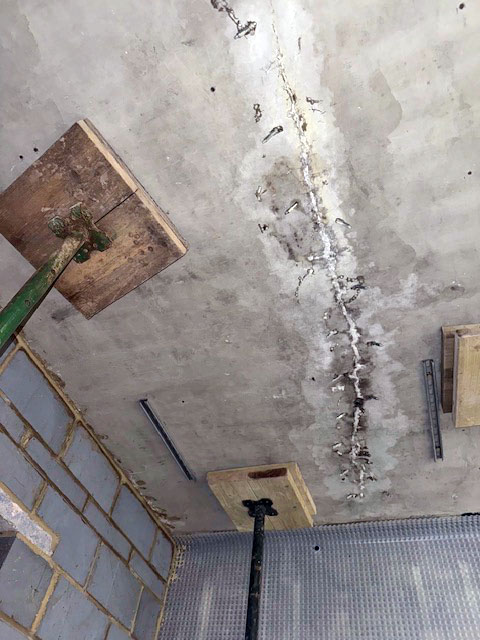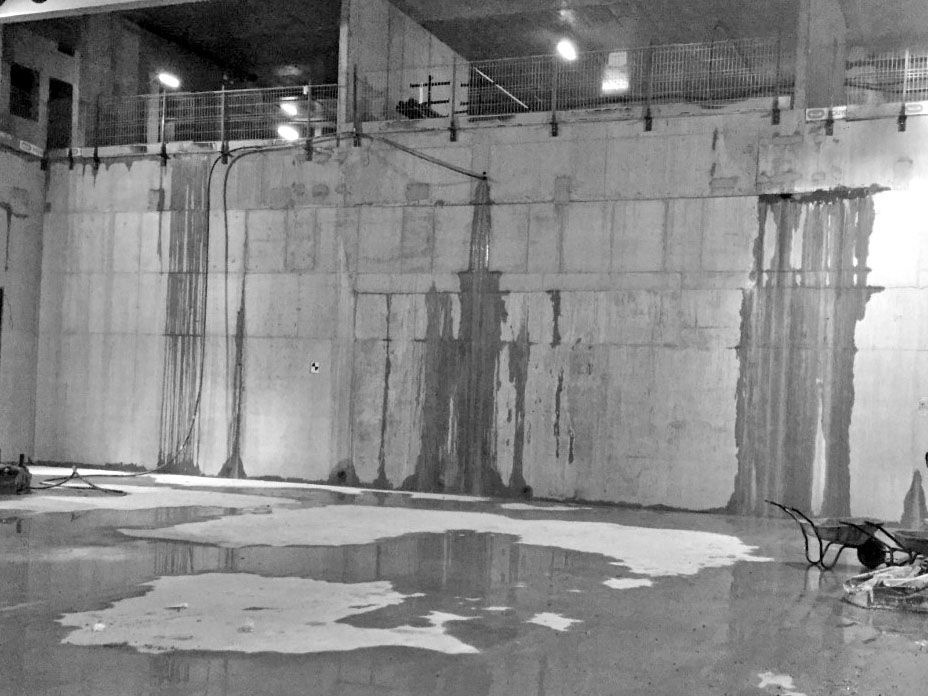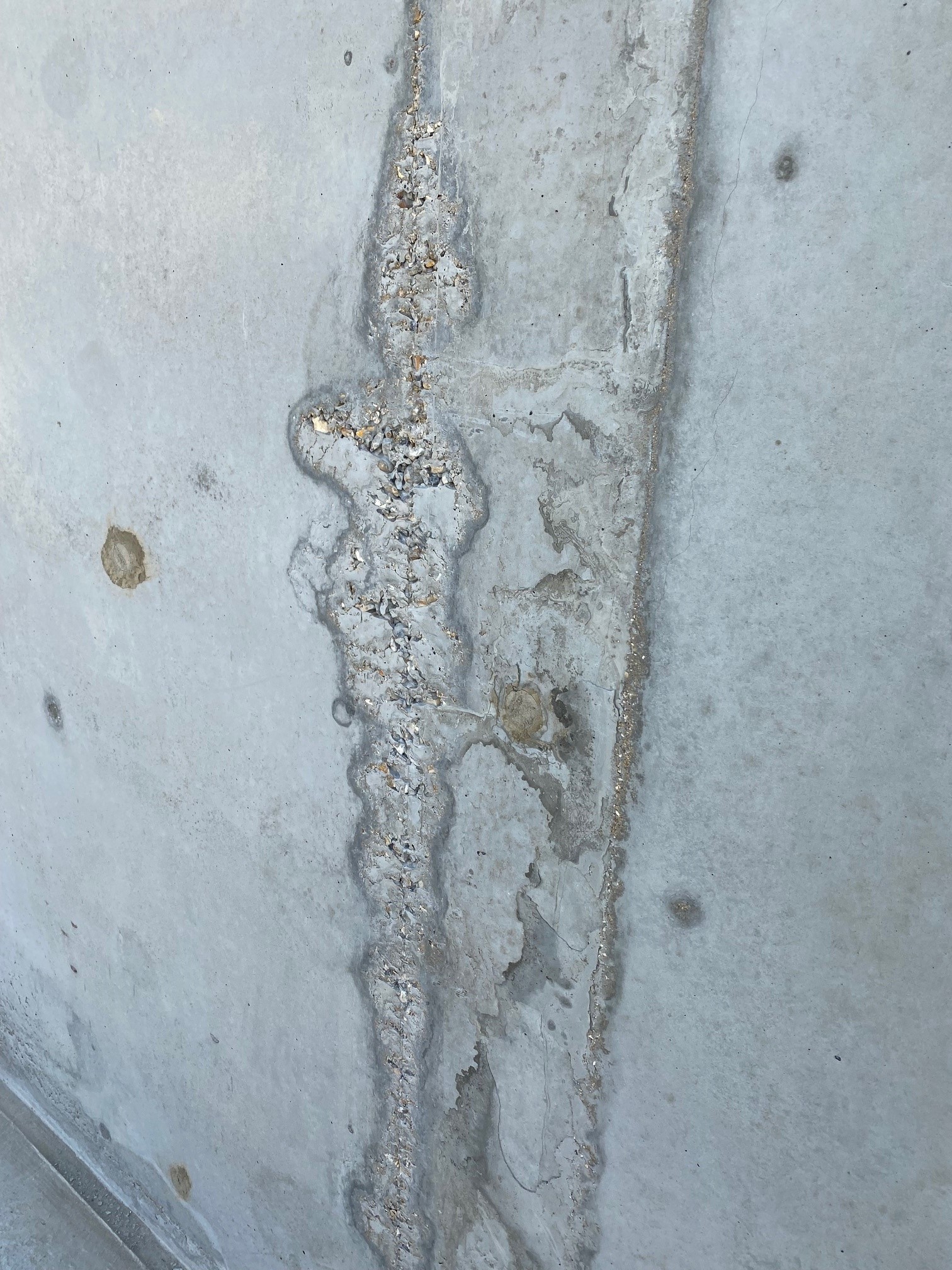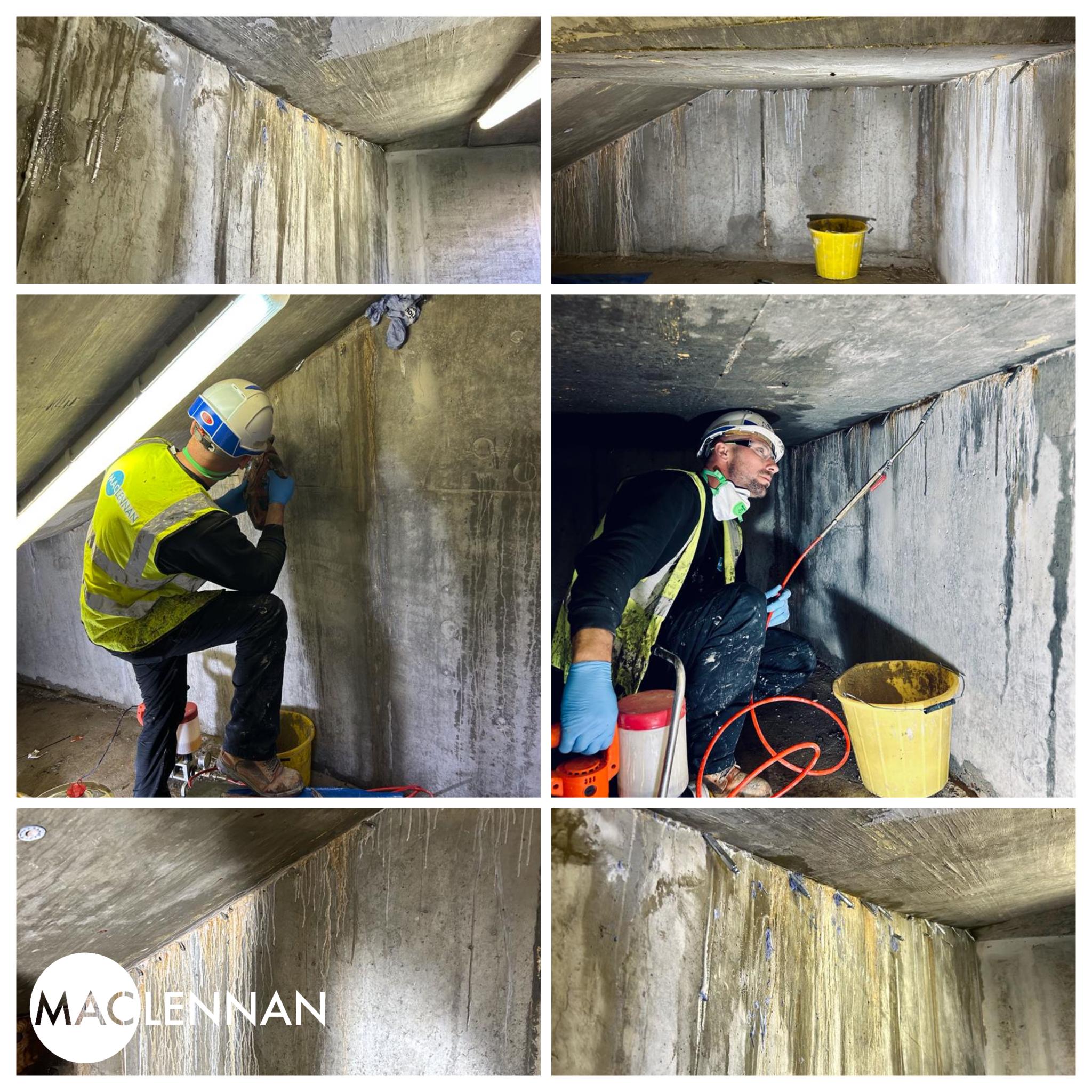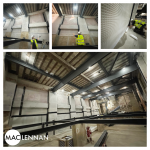
Sept & Oct Social Media recap
🏗️ Project Update: Prestigious New Development in St John’s Wood, London 🏡
We’re proud to be part of this high-end residential project in St John’s Wood, where the transformation involves the demolition of an existing property and the construction of a stunning new home designed to the highest standards.
📍 Our team is making great progress with the cavity membrane installation in the expansive basement. With multiple levels to work through, our skilled technicians are now focusing on the upper sections, ensuring every detail is executed with precision.
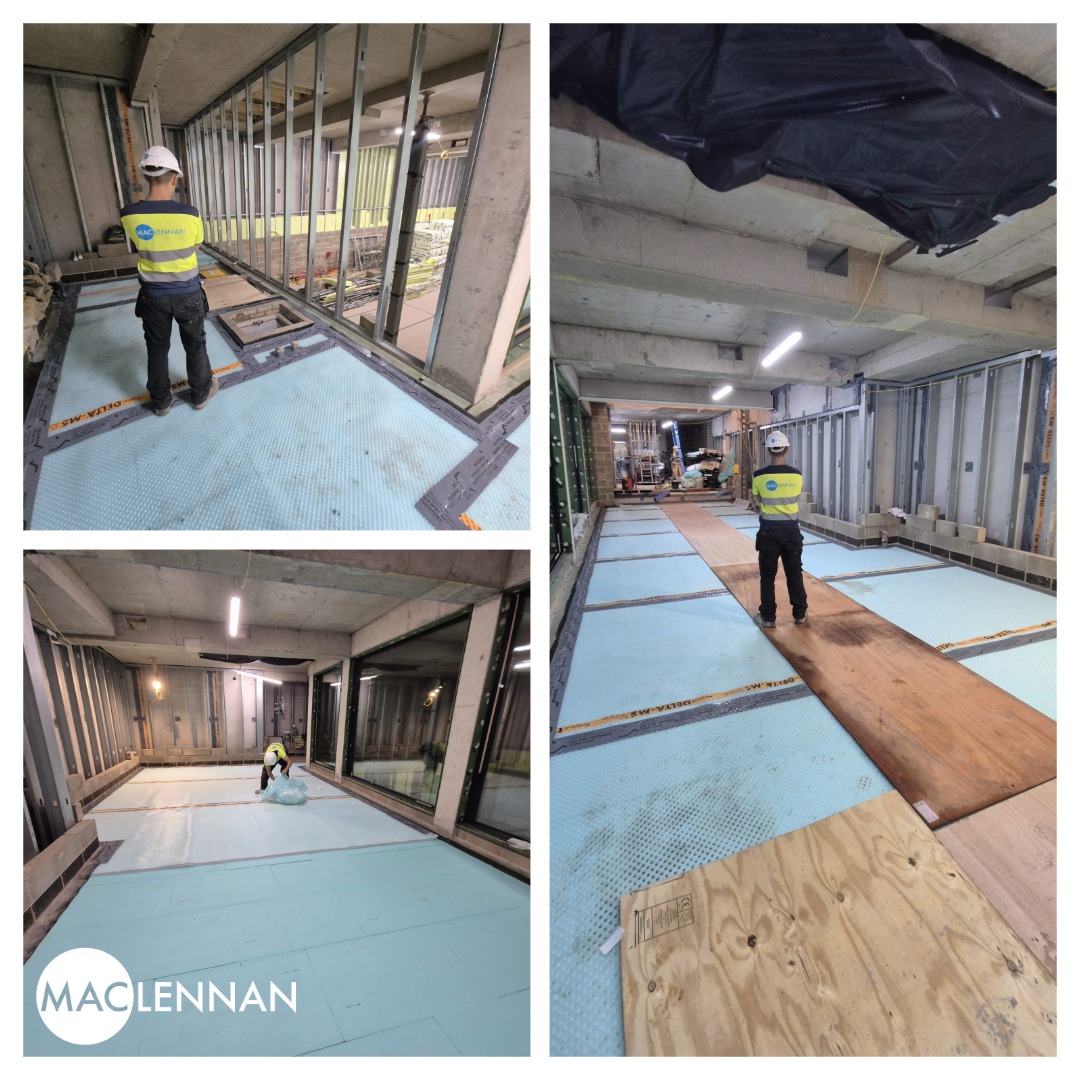
This is a complex and exciting build, and we’re thrilled to see it taking shape. Big thanks to our dedicated team on site, your hard work and expertise are driving this project forward!
🔧 Project Spotlight: Haslemere Swimming Pool Basement 🌿
We’re proud to be delivering the full waterproofing package for a luxury basement swimming pool in Haslemere, complete with changing rooms, kitchen, and dining area.
💡 Waterproofing Highlights
This fully buried structure sits beneath a landscaped garden and green roof, demanding zero tolerance for water ingress. Our solution includes:
- Crystal Coat: Cementitious crystalline slurry applied to internal walls and slab to block capillary paths.
- Type C System: Cavity membrane, perimeter drainage, and twin pump system with battery backup — all compliant with BS 8102:2022 Grade 3.
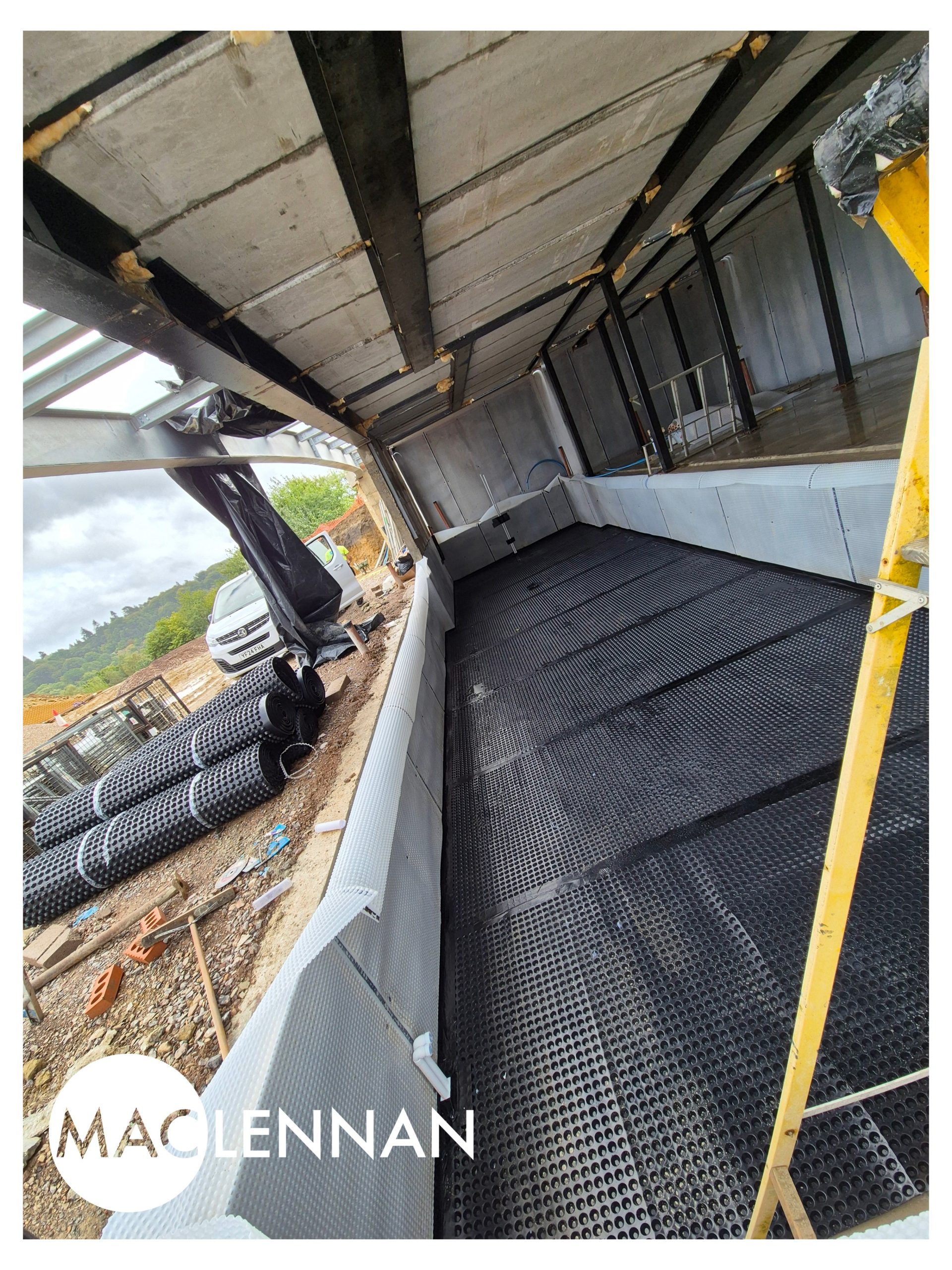
🧪 Deck Protection
Above the basement, we applied our PolyM liquid waterproofing membrane , a seamless, flexible coating that resists root penetration and accommodates movement, ideal for green roof applications.
🛠️ Installation is near completion almost, ready for the next phase,
We’re proud to be contributing our specialist waterproofing expertise to the restoration of the historic 20th Century Theatre in London, a venue soon to be revived as a vibrant space for music, dance, and stage productions.
Our experienced surveyor has designed a bespoke internal waterproofing system tailored to the unique requirements of this heritage building. The system includes:
- Application of a lime inhibitor to the internal walls and floor surfaces, which helps neutralise the high alkalinity often found in lime-based substrates, ensuring compatibility with modern waterproofing materials.
- Installation of a cavity drain membrane system, which manages water ingress by directing it to a controlled drainage point, preserving the integrity of the structure while maintaining breathability, essential in older buildings.
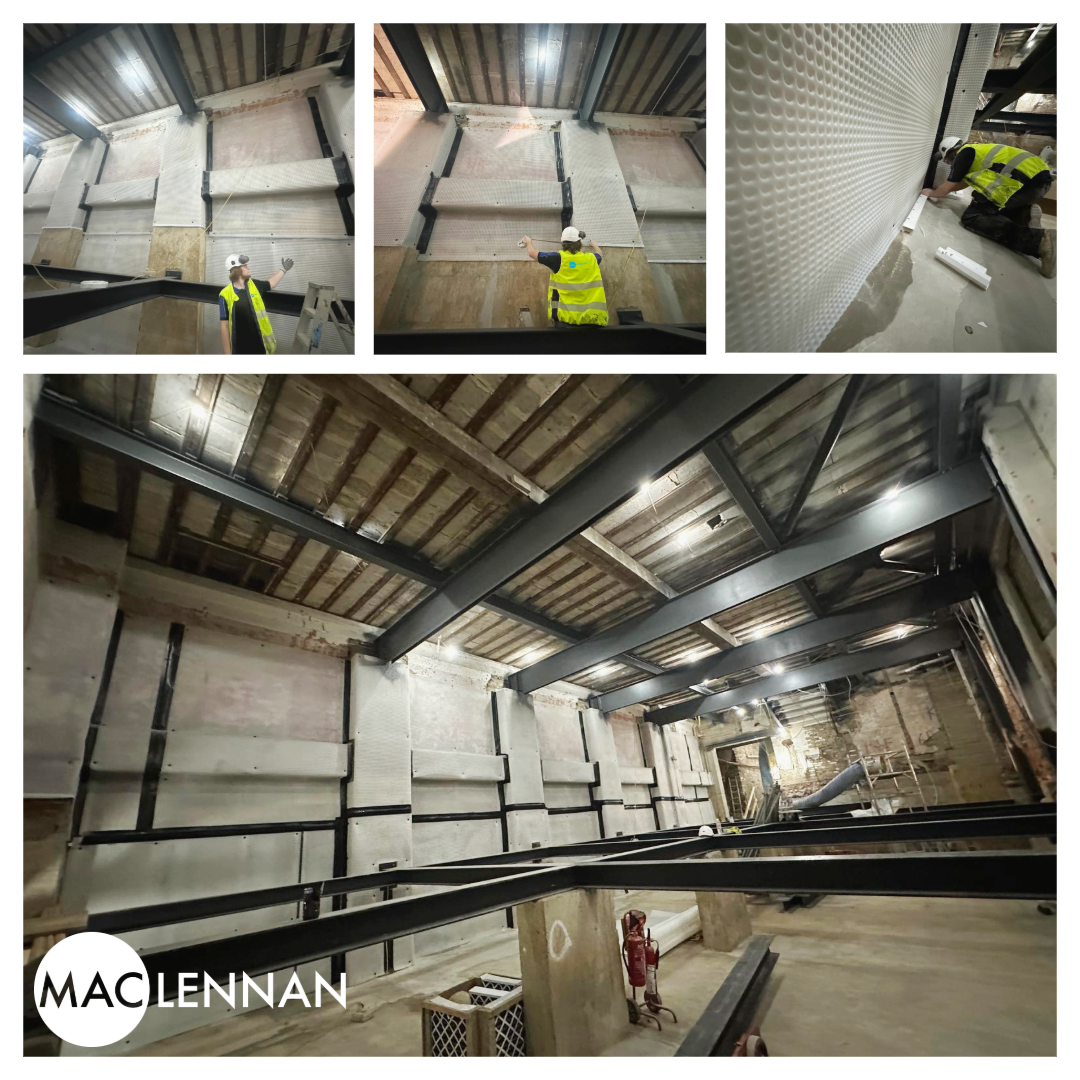
Once complete, the space will be warm, dry, and protected, ready to be restored to its former glory and enjoyed by future generations.
Our in-house aftercare team will arrange regular system checks and maintenance, so the client will always be cared for by us,




